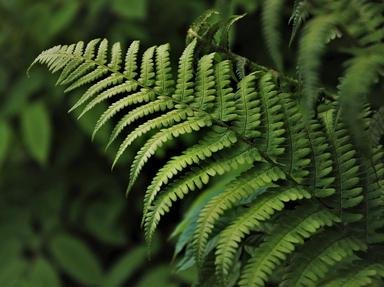Quiz Answer Key and Fun Facts
1. Sometimes known as king sago palm, what type of food can be obtained from the Cycas revoluta?
2. Which of the following is a common name for the living fossil tree Ginkgo biloba?
3. Magnolias are Cretaceous-era plants, evolving in a period before the existence of bees as pollinators. So which animal did magnolias use for pollination?
4. Which of these is a vine which provides one of the world's most important spices?
5. Which is the essential element in the natural reproductive strategy of the king protea (Protea cynaroides)?
6. Found only in the fossil record until 1994, the Wollemi pine (Wollemia nobilis) takes its name from the National Park where the first living specimens were found and from the finder, Dave Noble. In which country is this?
7. Most fig tree species are highly pollinator-specific, having co-evolved with certain species of wasp to do the deed. What is the most unusual thing about the fig inflorescence?
8. Mangrove swamps are harsh environments and 'true' mangrove plant species have developed various techniques to help them survive. How are seeds of the red mangrove (Rhizophora mangle) typically distributed?
9. Orchids are another plant group with a fossil record for extant plants. The plants from one genus provides a commercially-important flavouring. Which flavour is this?
10. Forming part of a village shrine, a living specimen of a dawn redwood (Metasequoia glyptostroboides) was first found in 1941, however the war postponed further study until 1946. Where was the discovery made?
Source: Author
suomy
This quiz was reviewed by FunTrivia editor
rossian before going online.
Any errors found in FunTrivia content are routinely corrected through our feedback system.
